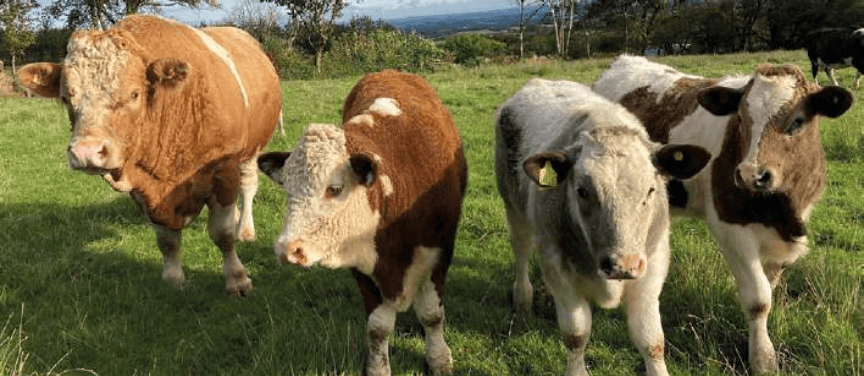This benchmark provides a clear and quantifiable measure of performance, enabling farmers to make informed decisions that enhance both the health of their livestock and the economic viability of their operations.
Why liveweight gains matter
Measuring liveweight gains per day offers several advantages over other metrics. It provides a direct indication of how well cattle are converting feed into body mass, which is a crucial aspect of efficient beef production. Higher daily liveweight gains mean that animals are reaching market weight more quickly, reducing the overall costs associated with feeding, housing, and managing the herd. This efficiency not only boosts profitability but also enhances resource use, contributing to more sustainable farming practices.
Monitoring growth rates
To accurately monitor liveweight gains, regular weighing of cattle is essential. This practice allows farmers to track growth rates and identify any issues early. For instance, if a group of animals is not gaining weight as expected, it could indicate problems with feed quality, health issues, or management practices that need adjustment. By identifying and addressing these issues promptly, farmers can maintain optimal growth rates and prevent potential losses.
Optimising feed efficiency
Feed efficiency is a critical factor in beef production. The
goal is to maximise the amount of weight gained per unit of
feed consumed. By using liveweight gains as a benchmark,
farmers can evaluate the effectiveness of their feeding
strategies. This involves not only the quantity of feed but also
its nutritional quality. Providing a balanced diet that meets
the specific needs of the cattle at different growth stages is
essential for achieving high liveweight gains.
Health and welfare considerations
Healthy cattle are more likely to achieve optimal liveweight gains. Regular health checks and a proactive approach to disease prevention are crucial. This includes maintaining a clean environment, implementing a vaccination programme, and monitoring for signs of illness.
Stress can also impact growth rates, so ensuring that cattle have adequate space, access to clean water, and minimal handling stress is important.
Environmental and economic benefits
Focusing on liveweight gains aligns
with both environmental and
economic goals. Efficient growth
reduces the amount of feed and
resources required per kilogram of
beef produced, lowering the carbon
footprint of the operation.
Economically, faster-growing
cattle reduce the time to market,
improving cash flow and reducing
overhead costs associated with
longer production cycles.
Benchmarking and continuous improvement
Establishing benchmarks for liveweight gains allows farmers to set targets and measure progress. This data-driven approach facilitates continuous improvement.
By comparing current performance against historical data and industry standards, farmers can identify trends and implement changes to enhance productivity. For example, changes in feed composition, grazing management, or herd genetics can all be evaluated based on their impact on liveweight gains.
